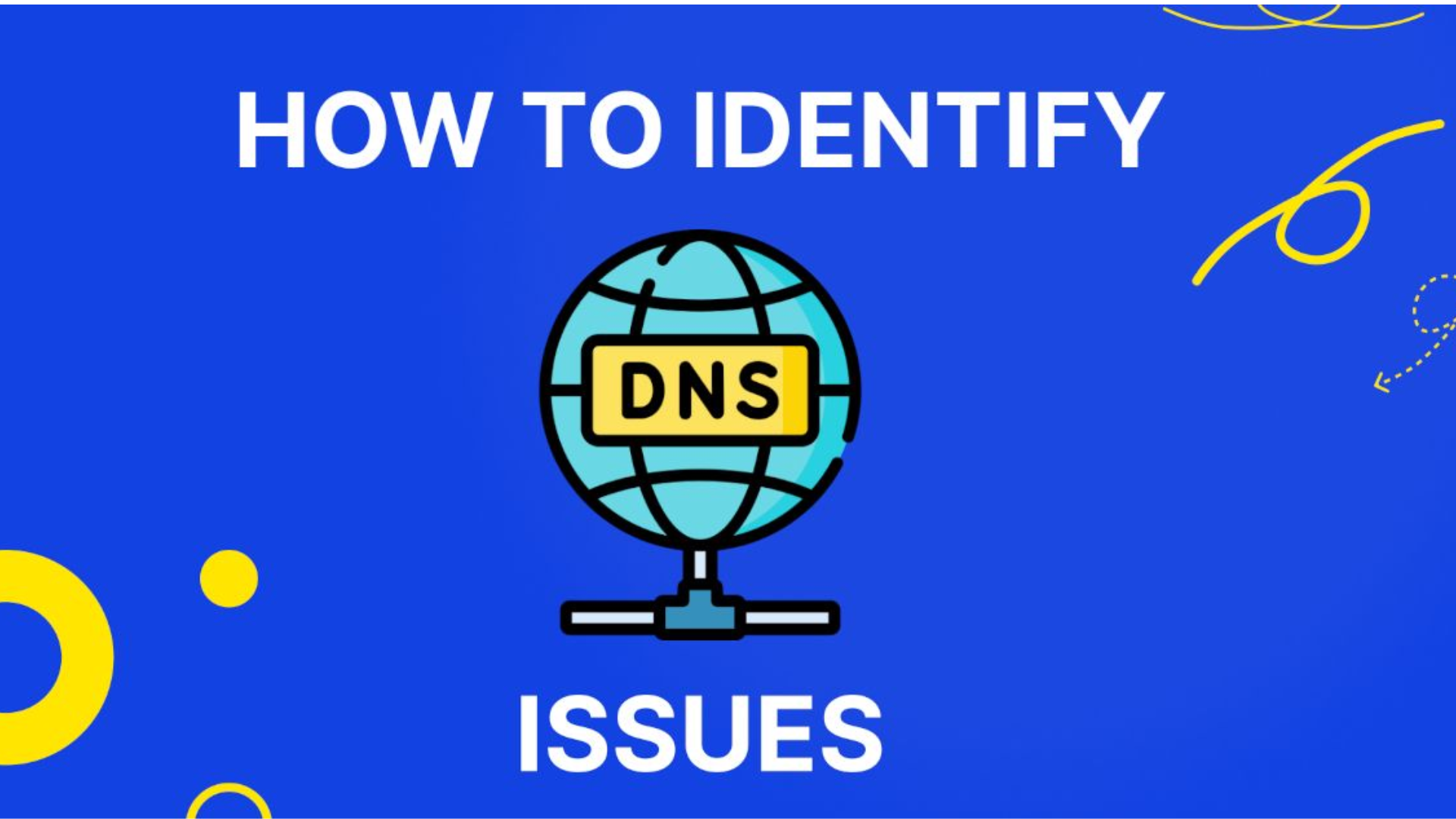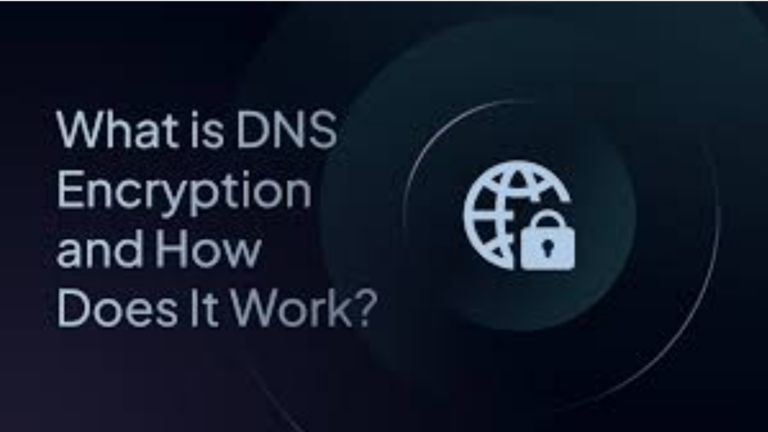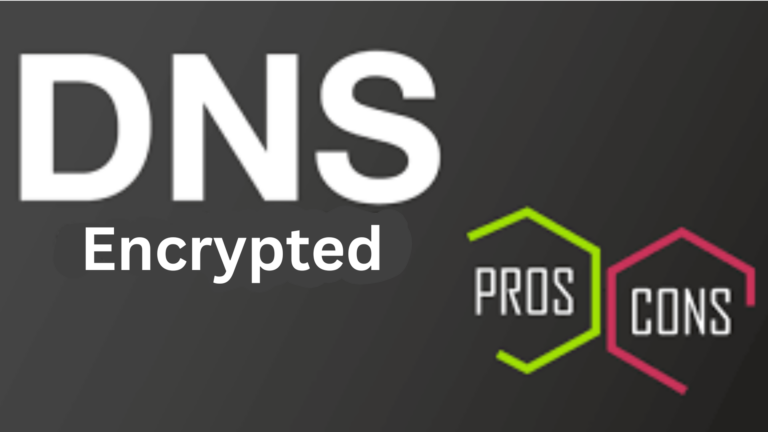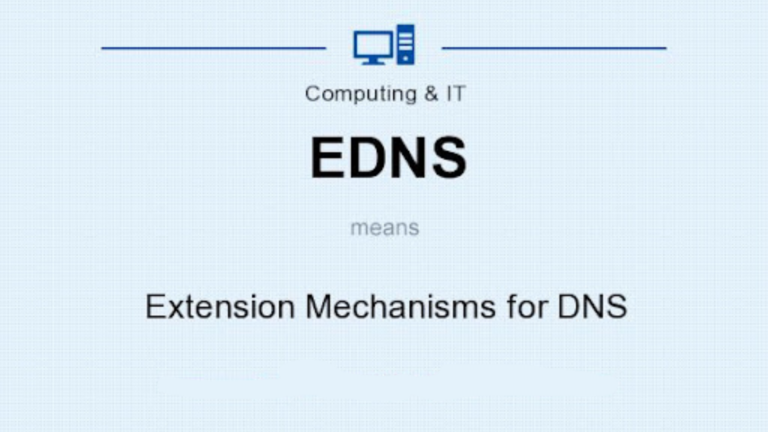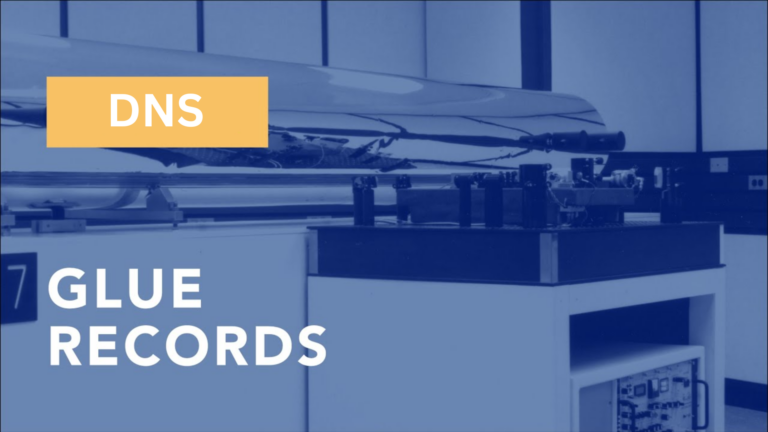How to identify DNS-related connectivity issues?
If you’ve ever tried to visit a website and encountered problems, the issue might be linked to something called DNS (Domain Name System). In simple terms, DNS helps turn a website’s name (like google.com) into a language that your computer understands, which is an IP address (a set of numbers). When DNS goes wrong, it can prevent you from accessing websites.
In this article, I’ll walk you through how to spot DNS-related connectivity problems. I’ll keep things simple, so you don’t need to be a tech expert to follow along.
1. What Are DNS Issues?
Before diving into how to identify them, let’s quickly talk about what DNS issues are. Imagine trying to find someone’s phone number, but you don’t know their name, only their number. That’s what DNS does—it connects the name of the website to the correct “phone number” or IP address. If this system fails, you can’t get to the website.
2. Signs You Might Have DNS Problems
Here are some common signs that you might be dealing with DNS issues:
- Websites won’t load: You can’t access certain websites, or they take too long to load.
- DNS server errors: You might get an error message saying something like “DNS server not found” or “DNS lookup failed.”
- Slow internet browsing: Sometimes, pages load really slowly because the DNS is struggling to resolve the addresses quickly.
- Intermittent connectivity: Sometimes the issue will come and go. A website may work for a few minutes and then stop working.
3. Basic Steps to Check for DNS Problems
If you think DNS might be the cause of your internet trouble, here are some simple steps to follow:
1. Try Other Websites
First, check if the issue happens only with one site or multiple sites. If one site won’t load but others do, the problem might be with that specific site. If many sites won’t load, it’s more likely a DNS issue.
2. Check for Error Messages
If you’re getting a DNS error, the message may say things like “DNS server not responding” or “DNS lookup failed.” This is a strong indication that the issue is DNS-related.
3. Restart Your Router
Sometimes, simply restarting your router can clear out temporary problems with DNS. Unplug the router for about 10 seconds, plug it back in, and see if the issue gets fixed.
4. Clear Your DNS Cache
Your computer and browser store old DNS information, and sometimes it gets corrupted. Clearing this cache can help.
- For Windows: Open Command Prompt and type
ipconfig /flushdns, then press Enter. - For Mac: Open Terminal and type
sudo killall -HUP mDNSResponder, then press Enter.
4. Troubleshooting DNS Problems
If basic steps don’t help, here are a few more things to try:
1. Try a Different DNS Server
Your Internet Service Provider (ISP) may be having problems with their DNS servers. To get around this, you can switch to a public DNS service like Google DNS or OpenDNS.
Here’s how to change your DNS settings:
- For Windows:
- Go to Control Panel > Network and Sharing Center > Change adapter settings.
- Right-click on your active connection, and select Properties.
- Select “Internet Protocol Version 4 (TCP/IPv4)” and click Properties.
- Choose “Use the following DNS server addresses” and enter the following:
- Google DNS:
8.8.8.8and8.8.4.4 - OpenDNS:
208.67.222.222and208.67.220.220
- Google DNS:
- Click OK and test your connection.
- For Mac:
- Open System Preferences and go to Network.
- Select your connection and click Advanced.
- Go to the DNS tab and add a new DNS server address, like
8.8.8.8(Google DNS). - Click OK and test your connection.
2. Check Your Hosts File
Sometimes, websites may be blocked or redirected due to changes in your computer’s “hosts” file. If you think this might be the case, check your hosts file to make sure no website addresses have been manually altered.
- For Windows: The hosts file is located at
C:\Windows\System32\drivers\etc\hosts. - For Mac: The hosts file is at
/etc/hosts.
5. When to Contact Your ISP
If none of the above fixes work, there could be an issue with your ISP’s DNS servers. Here’s what you can do:
- Call your ISP: Explain the problem and ask if there’s a known DNS outage in your area.
- Ask for help: If they don’t know what’s going on, ask them for steps to troubleshoot further, or if they can provide a different DNS server for you to use.
6. Conclusion
DNS problems can be frustrating, but they’re usually easy to fix once you know what to look for. By following the steps above, you can identify and troubleshoot DNS-related connectivity issues on your own. If all else fails, don’t hesitate to reach out to your ISP for assistance.
